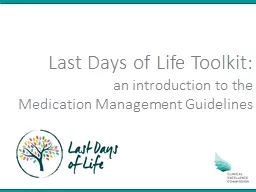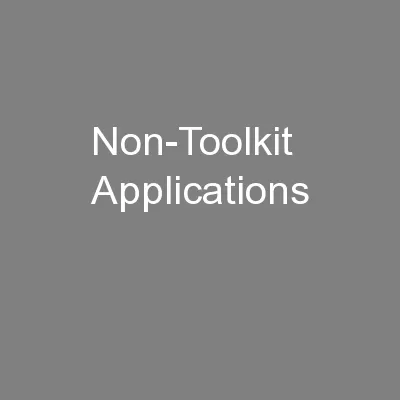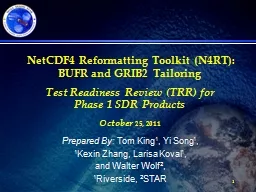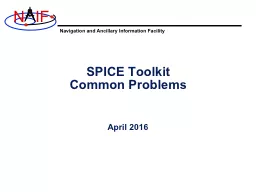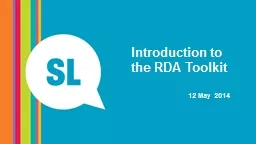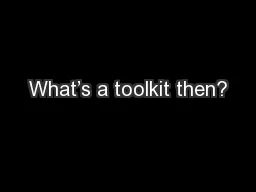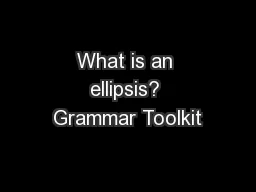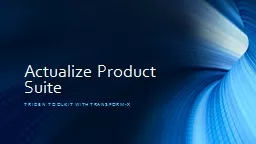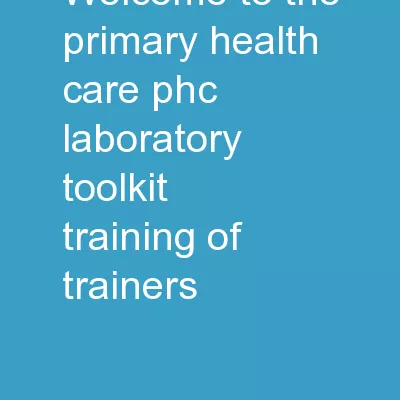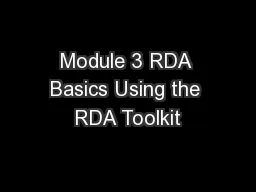PPT-Last Days of Life Toolkit:
Author : pamella-moone | Published Date : 2018-02-23
an introduction to the Medication Management Guidelines Good management of symptoms in the last days of life is one of the main concerns of patients and their
Presentation Embed Code
Download Presentation
Download Presentation The PPT/PDF document "Last Days of Life Toolkit:" is the property of its rightful owner. Permission is granted to download and print the materials on this website for personal, non-commercial use only, and to display it on your personal computer provided you do not modify the materials and that you retain all copyright notices contained in the materials. By downloading content from our website, you accept the terms of this agreement.
Last Days of Life Toolkit:: Transcript
Download Rules Of Document
"Last Days of Life Toolkit:"The content belongs to its owner. You may download and print it for personal use, without modification, and keep all copyright notices. By downloading, you agree to these terms.
Related Documents

